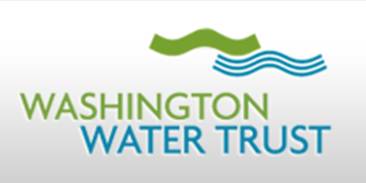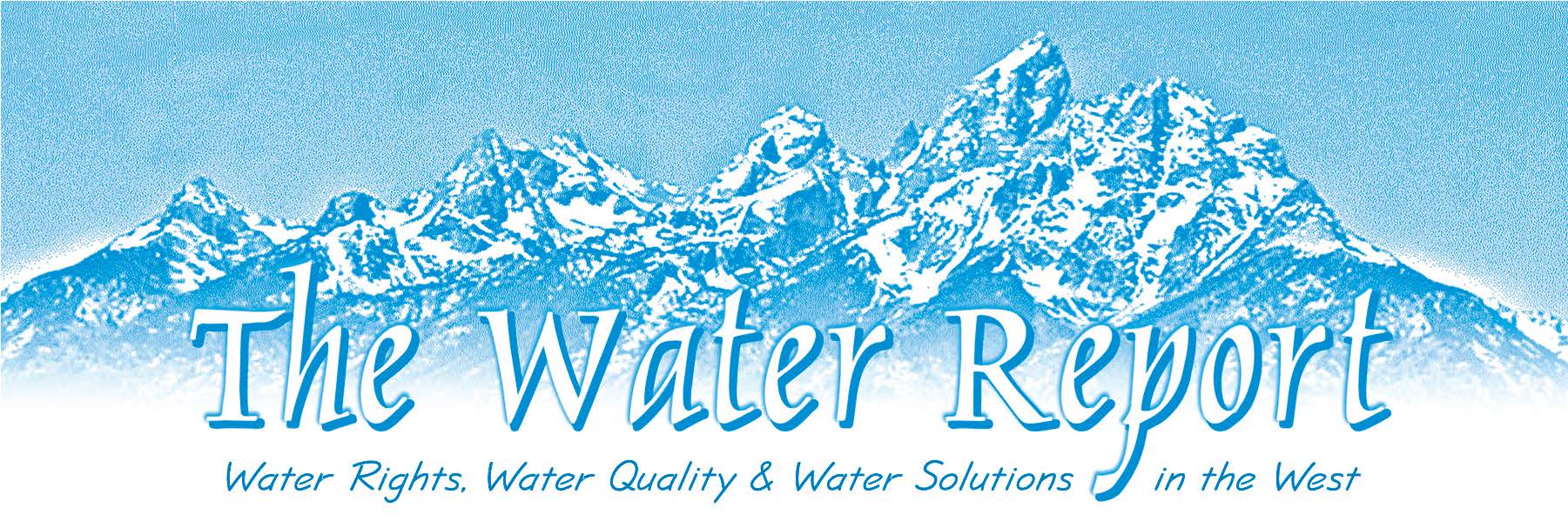Table of Contents |
January to May 2024 Edition 2024 Drought in Washington: Rising to the Challenge By Greg McLaughlin - Washington Water Trust, AWRA-WA Vice President Washington state is in a drought in 2024. Yes - again. On April 16, the Washington State Department of Ecology officially declared a statewide drought emergency, confirming what most professionals in the water world already knew: 2024 is going to be another dry year, just like 2023 and 2021. And 2019. And 2015. Five of the last 10 years.  Teanaway River, Yakima Basin - August 2023 2024 snowpack dropped below 70% of normal statewide in early April, and with rising early spring temperatures, Ecology projects water supplies to be below 75 percent of average - a key condition for a drought declaration. Many rivers and streams in places like the Methow, Okanogan, Dungeness, and Yakima basins will be well below that standard, bringing hardship to irrigators, municipalities, tribal communities, and fish and wildlife species which rely on freshwater for their livelihood, particularly in late summer. With severe drought increasingly common recently, the question becomes: What are we going to do about it? Water resource professionals throughout Washington are currently working on solutions. The first step is to be prepared and have funding, response plans, and partnerships in place for increasingly recurring dry and drought years. To that end, Washington Governor Jay Inslee signed House Bill 1138 (passed by unanimous consent of the state legislature) on May 4, 2023 establishing a drought preparedness grant program and facilitating emergency water transfers, with unanimous consent from both houses of the Washington state legislature. This legislation included allocation of up to $4.5 million available from a new Ecology grant program to support drought response efforts. Ecology has also offered $1.8 million in statewide grants for local communities to engage in drought preparedness and planning activities. Ecology is coordinating closely with the Washington Department of Fish and Wildlife, tribes, local governments, and conservation organizations to prioritize projects that benefit aquatic species and improve reliability of local water supplies. Meanwhile, non-profit conservation groups like mine, Washington Water Trust, are busy in 2024 with efforts of their own. WWT was founded in 1998 to address low stream flows in Washington State via voluntary instream flow projects, working in collaboration with water rights owners, tribes, and local and state agencies. For us, every year is a drought year. We prioritize rivers and streams with chronically low flows caused by out of stream water uses, recurring late summer low flow events, and increasingly frequent dry and drought years. To date, WWT has restored 17,500 acre feet of flows (about 5.7 billion gallons) to streams in 17 basins around the state.
WWT Staff with WDFW Water Team measuring flows
Our work is particularly crucial during drought years which compound existing stress on rivers and streams that serve as critical habitat strongholds for threatened and endangered salmon and steelhead. WWT’s drought projects emphasize late season leases with hay farmers, who can forgo irrigation for late-season cuttings, and targeted pulse flows such as those achieved in collaboration with the Dungeness Water Users Association and Jamestown S’Klallam Tribe. WWT’s 2023 drought response projects in the Upper Yakima and Dungeness basins allowed these rivers to sustain sufficient flows to support fish despite historic drought conditions. Ecology’s drought funding, as well as generous support from private funders, supported these vital freshwater restoration programs. In 2024, WWT is expanding to drought projects in the Upper Yakima and Dungeness basins, while adding potential projects in the Okanogan and Methow basins, also with anticipated Ecology and private funding support. In addition, we are laying groundwork for longer-term drought resiliency planning with local partners in the Walla Walla, Okanogan-Methow, and Yakima Basins. The past decade has brought into sharp focus that the forecasted low water conditions of climate change are here now. Dry years will recur frequently and more intensely than ever before. Water resource professionals will need to continue to adapt to these recurring dry year challenges with on-the-ground projects and partnerships that improve our shared ability to respond to water years which pose substantial risk for those communities that rely on Washington’s rivers and streams. |




